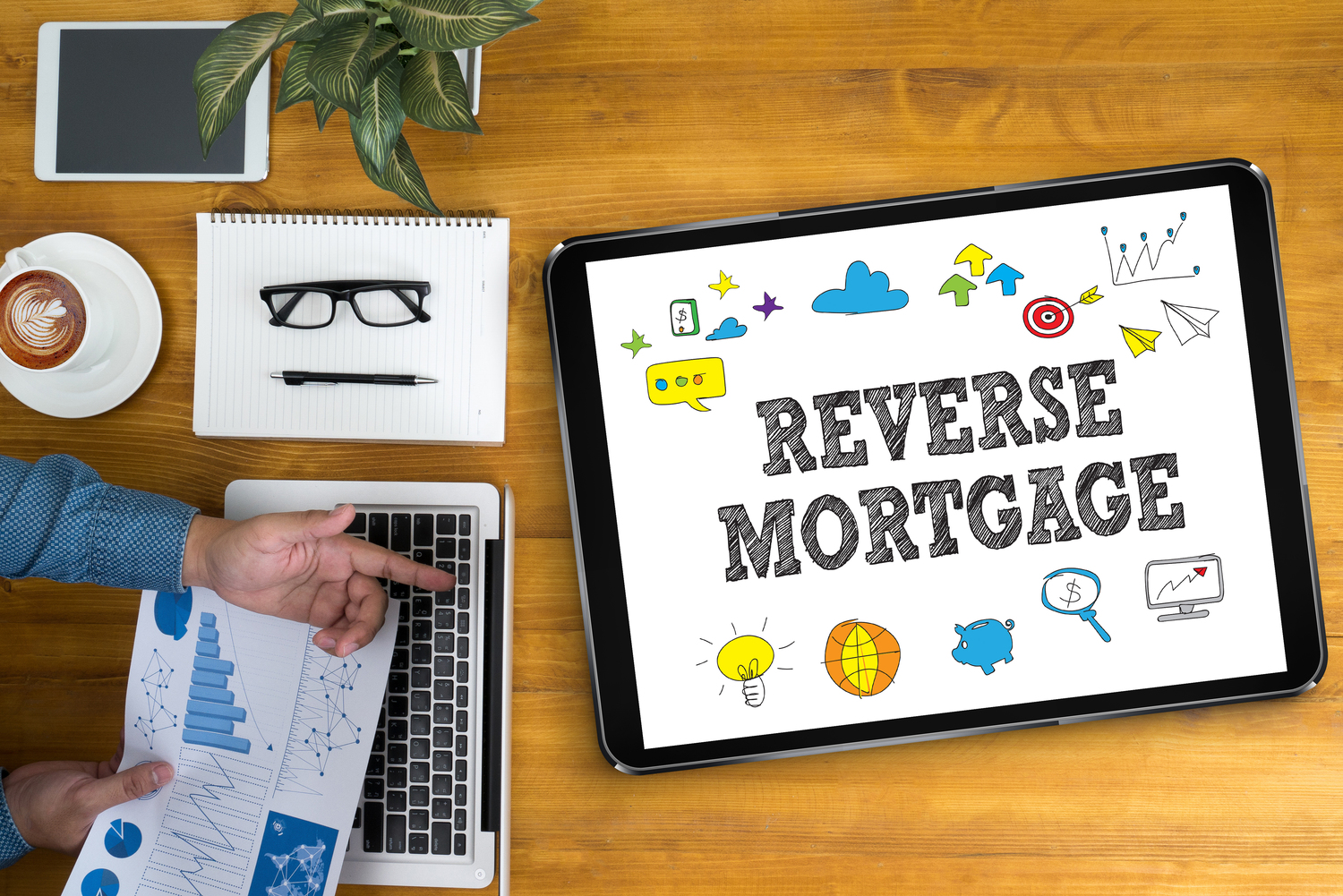
A brief overview of reverse mortgage.
A reverse mortgage is a loan that is available to homeowners who are 62 years and above and allows them to convert a portion of the equity in their home into cash. The main idea behind this concept was to assist retirees who had limited incomes. They could use the accumulated equity in their home to pay for the basic living expenses and healthcare.
1. Why is it called a reverse mortgage?
This loan is referred to as reverse mortgage because rather than making monthly payments to some lenders like in traditional mortgage, here, the lender will make his payments to the borrower. The latter need not repay the loan until the home has been sold off or they have vacated it. So, till the time the borrower resides in that house, he/she will not have to make monthly payments for the loan. However, one has to continue paying property taxes, homeowner’s association dues, and homeowner’s insurance.
2. How does it work?
The whole loan amount becomes due and must be paid when the homeowner moves away for good, sells their home or dies. According to federal laws, the lender has to structure the transactions in a way so that this amount does not go past the value of the property, and the borrower is not held responsible for paying the resultant difference when the balance becomes more than the original home value. The only time this can happen is when there is a fall in the market value of the property or if the borrower survives for a longer time.
3. Why is reverse mortgage used?
A reverse mortgage will give the much-needed funds to elderly people whose net worth happens to be largely tied to their home market value. But, the loans can be quite complicated and they may even be prone to scams. The homeowner will have the freedom to choose how they want to get the monthly pay-offs and will only pay interest on the amount received. This interest is basically incorporated into the loan balance, which means that the homeowner does not need to pay any amount upfront. During the period of the loan, therefore, the home equity will fall and the homeowner’s debt will go up.
In a reverse mortgage, the house is the collateral. In the event of the death of the homeowner, whatever is obtained by selling the property is given to the lender. This is used for repaying the loan’s principal, mortgage insurance, interest, and fees. The remaining amount will be given to the estate or to the homeowner in case they are still alive. The heirs may also choose to repay the mortgage to retain the home.
4. What are the types of reverse mortgage?
A reverse mortgage can be of three kinds. The most frequently found kind is HECM or home equity conversion mortgage. When one’s home market value is appraised at a high value, they may consider a proprietary reverse mortgage. Finally, there is a single-purpose reverse mortgage that can be offered by local, state and non-profit agencies.


